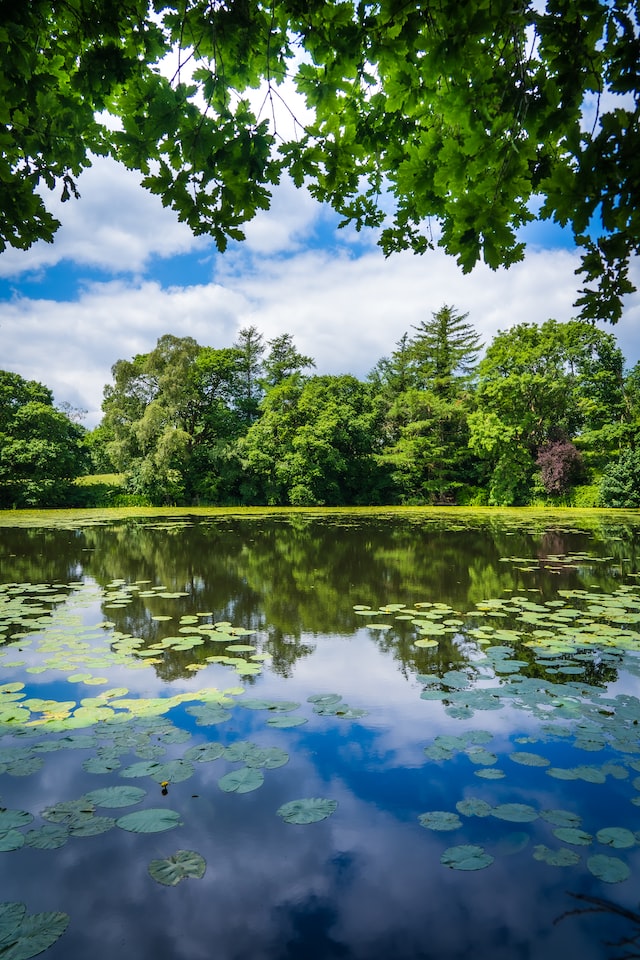Enzyme products help promote a variety of microbial species in a lake or pond. Effective enzyme products will stimulate natural microbial populations while fostering augmented ones. However, these bacteria have certain requirements to be successful.
Bio-dredging
The cost of conventional dredging is prohibitive and often dangerous for aquatic ecosystems. It also releases pockets of phosphorus and nitrogen into the water column. Therefore, using enzyme therapy and bio-dredging to maintain healthy lakes is affordable.
To increase dissolved oxygen in lake water, adding more dissolved oxygen and activating the natural processes that break down organic matter is essential. Enzyme-based pond treatment with a high-quality enzyme product is necessary for the health of your pond’s inhabitants and ecosystem. This product also binds excess phosphate and adds trace minerals.
Bio-enzyme therapy
Using bio-enzymes can keep our lakes clean and safe from pollutants. Using fruit peels or jaggery, you can make bio-enzymes for your laundry, dishes, and bathroom floors. Foamy lakes are a significant problem in Bengaluru, where residents have to deal with the frothing of the lakes year-round.
A key ingredient of bio-enzyme therapy treatment is a natural carbon dioxide-releasing agent. This gas is used by phytoplankton and other photosynthesizing plants to produce oxygen, which keeps our lakes healthy. Another beneficial ingredient of an enzyme-bioremediation agent is calcium. Calcium is necessary for photosynthesis, and it replenishes the aquatic environment. Calcium, a vital nutrient for the human body, is essential for the well-being of lakes.
Iron absorption
This study examined iron absorption during enzyme therapy for healthy lakes in children with various inflammatory conditions. Children with low CRP, or no inflammation, were found to have significantly lower levels of iron absorption than their peers. However, a higher mean hepcidin level predicted an increased risk of the iron blockade. The study’s main strengths were the numerous repeated measures of hepcidin, comprehensive panels of iron and hematological status, and the setting of the study.
The amount of Fe absorbed depends on the CPP sequence and the protein’s origin. For example, the b-CPP (1-25) complex showed two-fold higher Fe absorption than the aS1-CPP-complex. The results indicate enzymes in the duodenal loop inhibit iron absorption.
Reducing sediment thickness
There are a few different ways to measure the effectiveness of enzymes. The wastewater industry makes use of enzymes to break down organic material. Bacteria can eat up this organic matter and produce enzyme products. In lakes and ponds, enzyme products can reduce sediment thickness by consuming organic matter and preventing algae growth. The amount of organic material in sediment varies from lake to lake, but most contain less than 5%.
Future management plans for eutrophic lakes must consider the timescales at which biogenic P is buried in the sediment column. Understanding how long this process takes is essential in predicting the recovery trajectory from eutrophication. This is because a certain fraction of buried sediment escapes regeneration in the surface layers and is removed from in-lake biogeochemical cycles.
Minimizing algae growth
The main reasons for blue-green algae blooms are stagnant water, high temperatures, and excess nutrients. These factors encourage algae growth, especially during summer, when water reservoirs are typically warm and stagnant. In addition, algae thrive in ponds and lakes due to abundant nutrients. The algae are also known as macrophytes because they resemble real plants.
The main goal of any algae control plan is to reduce the number of nutrients available to these organisms. These nutrients include grass clippings, leaves, fertilizer, and organic debris. To limit the amount of nutrients, it is recommended to plant beneficial vegetation around the lake. These plants help stabilize bank edges, reduce erosion, and prevent nutrients from entering the lake. In addition, aquatic plants add beauty to the lake and allow the water body to absorb nutrients.





